Facebook algorithms are constantly changing and getting smarter. And because of Machine Learning, approaches to acquisition have also had to change.
This article was first published on medium.com
1. Testing multiple segments
Before: Specificity worked best
Determining the best combinations of ad settings used to require lots of tests.
A standard campaign would feature dozens of ad sets that focused on specific audience demographics (e.g., age, gender, etc.), interests, and behaviors and required testing of different placements. All to find which brings better and cheaper results.

After: Everything is done through Machine Learning
Today, Facebook’s optimization algorithms are able to deliver impressions at the right time, and placement to the right people within your target audience. With larger audiences, advertisers see greater results and cost efficiency when compared to the painstaking manual segmentation practice. There are several reasons for that:
1. Segmentation by ad set doesn’t allow for proper testing. Users consume content across multiple platforms and placements, show various interests and behaviors, and tend to appear in more than one targeting group, causing overlaps.
Testing different settings, landing pages, products, or messages shouldn’t be done by creating multiple ad sets. Below are features designed for this purpose in the Experiments section.

2. Optimization algorithms learn to deliver the best results within each ad set and use data that is unavailable to advertisers.For example, a user may frequently browse Instagram Stories but only act on ads in the Feed. This means that the Feed impression would more likely lead to a conversion.
Segmentation restricts delivery optimization and limits possibilities for impactful outcomes at lower costs. A group of narrow, segmented audiences now deliver more costly results when compared to the same targetings consolidated into one ad set.
2. Running copies
At times, ad sets with a reused targeting perform worse than expected.
Before: Duplicating as a tactic
Simultaneously running copies of the same ad set used to be a popular tactic to fight under-delivery. It was believed that each copy would reach a different audience cluster within the targeting, thereby raising your chance of getting a result.
Now: Quality over quantity
Before each of your ads can reach users, it goes through an auction (we are not considering other buying methods in this article), where it competes for impressions against other ads aimed at the same audience. By default, this would mean that your ad competes against your own ads, not just those of other advertisers. And having multiple ad sets with multiple ads would just inflate the auction and drive up costs.
In reality, however, that is not the case. These days, Facebook uses deduplication when dealing with ads from the same advertiser targeted at the same or overlapping audiences. It means that only one of your ads enters the auction at a time.
In general, ads with the best performance history enter the auction most often, minimizing the chances of your other ads (for the same audience) being delivered.
Facebook aims to maintain efficiency for advertisers and quality of experience and relevance to users. Therefore, Facebook doesn’t show ads from the same advertiser more than once in 2-6 hours.
That means if you have many ads directed at overlapping or identical audiences, most of them will likely show very slow or even no delivery.
3. Detailed targeting
Before: Lack of other options
Elaborately detailed targeting used to be not just the best but the only way of getting your ads as close as possible to your potential buyers. Today, however, manual settings often lose to the capabilities of Facebook’s algorithms when looking for prospective customers.
Now: Intelligent tools
Broad audiences and Lookalikes have consistently shown better results when compared to detailed targeting in Direct Response campaigns. In recent studies, detailed targeting has proven to produce results at a 50% greater cost than Lookalike audiences in small businesses, and be twice more expensive than broad audiences in large advertisers.

When is detailed targeting still efficient?
1. If you run a non-dynamic direct response campaign (conversions, lead generation, app install objectives):
- Use detailed targeting only when paired with the Targeting expansion option.
- Try Lookalikes. But never add detailed targeting on top of Lookalikes within an ad set.
Using both Detailed targeting with Expansion and Lookalike as two ad sets within one campaign is the best option. Don’t forget to exclude Lookalikes from your Detailed targeting ad set to avoid auction overlap. Depending on your business, product, Lookalike source, and scale, you may find using only one to be more effective.
2. Upper funnel campaigns (reach, brand awareness, video views objectives) don’t require the targeting expansion option. Selecting a specific audience with a set of interests and behaviors, especially with a personalized message, remains an effective means of establishing brand equity.
3. When running Dynamic Ads with the Catalog Sales objective, whether for remarketing or acquisition, don’t use detailed targeting.
The built-in broad option allows you to reach people who’ve shown interest in your products (or similar items) with greater purchase intent than any other setting (Lookalikes are no exception since they are built on similarity and not actual intent).
It may be hard to accept that some practices that have worked for years can no longer provide the best outcomes. Allowing Facebook more freedom to optimize with a broader audience selection isn’t what many advertisers are used to. But as algorithms evolve, our ways of working with them need to adapt as well to keep delivering great results at lower costs.











